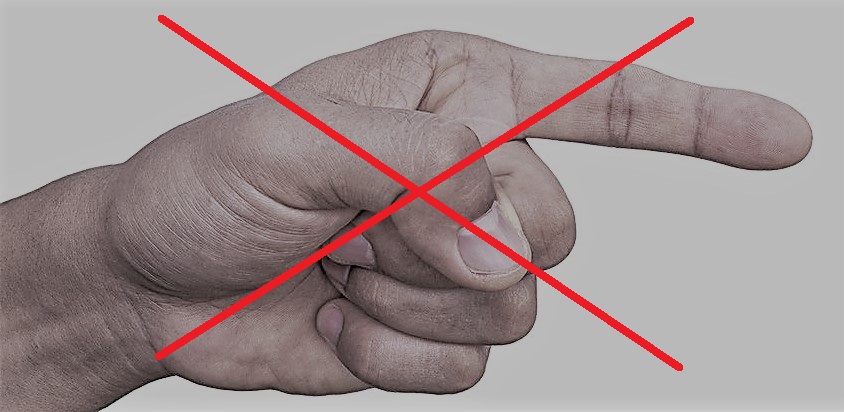 While speaking on the topic of psychological safety yesterday I was asked whether it is possible to create safety within a team if the prevailing culture of the department or overall organization is toxic.
While speaking on the topic of psychological safety yesterday I was asked whether it is possible to create safety within a team if the prevailing culture of the department or overall organization is toxic.
We would all like to work for companies where leadership teams truly embrace people-centric values and principles but that is rarely the case, especially in organizations which have been in existence for decades.
It is common to find companies where the walls of their corporate offices are decorated with empowering, motivational posters of treating staff like their most valuable asset but this is usually a case of putting lipstick on a pig.
While organization cultural transformation cannot occur without the sponsorship and commitment of the management team, waiting for them to evolve is a cop out when it comes to creating safety within your team. As leaders, our responsibility is to create a safe haven for team members to work to their best abilities. While there might be stormy weather surrounding the team, we need to keep our team members within the calmer eye of the storm.
How do we do this?
It starts with building psychological safety between the individual team members. Even if they all represent different functional areas, roles and seniority levels, everyone wants to feel safe while at work.
Gain commitment from them as part of developing team working agreements and then reinforce the desired behavior by being a role model for how you want them to behave with one another. If they are not well informed about the subject of psychological safety, take the time to educate them about its importance. Recognize team members who act in ways to increase safety and coach those who diminish it.
But safety won’t stick if it exists only between your team members.
Their work will likely require them to interact with those outside of the team, and often it is in those interactions where safety gets eroded. Until you start to see a corresponding level of safety being promoted by others, you will need to act as a buffer to protect your team members.
This will likely mean your having challenging conversations with senior colleagues who ridicule or threaten your team members, educating these stakeholders about the importance of safety, and escalating if necessary. It might also mean being more thoughtful about the planning of interactions between your team members and others, especially if the scope of the interaction is expected to be stressful, controversial or risky.
If you shy away from this, not only might you have to settle for mediocre performance, you may also risk losing the best talent you have. If you are successful at building safety, your team members will begin to reap its rewards and, in turn, will begin to demand it as table stakes for any team they join. They will become champions in their own right for safety and will help to build it within other teams.
And that is how positive cultural changes happen.
